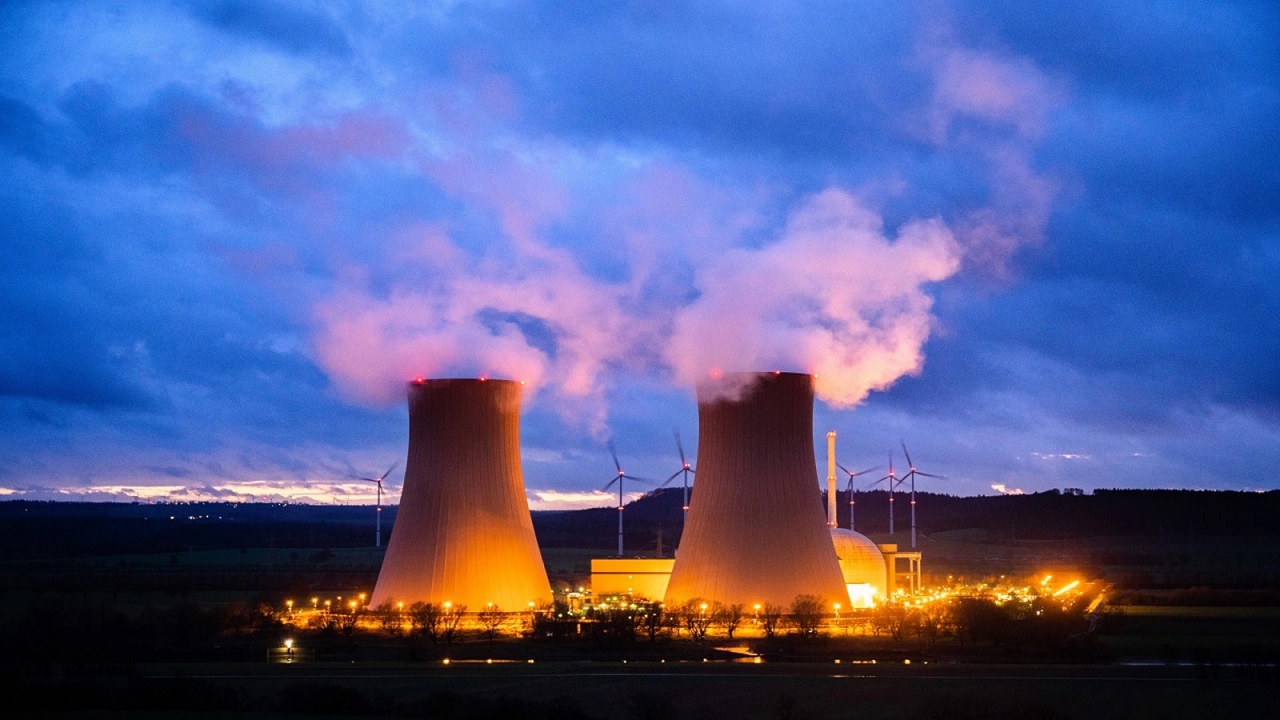Civil Nuclear Liability: India’s Legislative Shift Towards Investment and Safety
Context
India is seeking to reform its nuclear legal framework by amending two crucial laws:
-
Civil Liability for Nuclear Damage Act (CLNDA), 2010
-
Atomic Energy Act, 1962
This move aims to:
-
Attract foreign investment in nuclear energy
-
Address industry concerns over liability clauses
-
Align India’s framework with global standards like the Convention on Supplementary Compensation (CSC)
What is Civil Nuclear Liability?
-
Objective: To ensure compensation for victims in case of a nuclear accident.
-
International Framework: Developed after the 1986 Chernobyl disaster.
-
CSC (1997): Set global standards for national liability laws.
-
India’s Step: Enacted CLNDA in 2010 to align with CSC requirements.
-
Vienna Convention (1963): Established minimum standards for civil nuclear liability across countries.
Key Features of CLNDA, 2010
-
Purpose: To provide prompt and no-fault compensation to victims of nuclear damage.
-
No-Fault Liability: Operators are liable regardless of negligence or intent.
-
Right of Recourse (Section 17):
-
Allows the operator to recover damages from suppliers if:
-
It is mentioned in a contract
-
Damage was caused by supplier’s fault
-
Damage was intentional
-
-
-
Operator: Typically, the Nuclear Power Corporation of India Ltd (NPCIL)
-
Suppliers: Includes foreign reactor builders (e.g., Westinghouse, Framatome) and domestic firms (e.g., L&T, Walchandnagar)
Atomic Energy Act, 1962 – Overview
-
Replaced: The earlier 1948 Act
-
Objective: To control the development and use of atomic energy for peaceful purposes
-
Definition: Covers energy from fission and fusion processes
-
Authority: Lies solely with the Central Government and NPCIL
-
2015 Amendment: Allowed NPCIL to form joint ventures with PSUs (but not with private firms)
Challenges in India’s Nuclear Liability Regime
-
Broad Supplier Definition: Causes fear among domestic sub-vendors.
-
Section 17(b): Cited by foreign companies as a deterrent due to risk of future liability.
-
Lack of Foreign Investment: Since 2010, no major foreign company has invested in Indian nuclear projects.
-
Exclusion of Private Sector: Current law bars private firms from owning/operating nuclear plants.
Proposed Amendments to Nuclear Laws
-
Clarify Supplier Definition: To include domestic sub-vendors and reduce ambiguity
-
Reform Section 17 of CLNDA: To align with international liability standards
-
Private Sector Entry: Enable Indian and foreign private firms to become nuclear operators
-
Foreign Investment: Allow minority equity participation by foreign companies in nuclear projects
Future Prospects and Benefits
-
Alignment with CSC: Ensures compliance with global liability norms
-
Boost Foreign Investment: Encourages firms from USA and France to participate
-
Revive Pending Projects: Can restart contracts stalled for over a decade
-
Support Clean Energy Goals: Helps reduce dependence on fossil fuels
-
Promote PPP Model: May bring in public-private partnerships in the nuclear sector
What Lies Ahead?
-
Political consensus is required to pass the amendments and modernize India’s nuclear legal landscape
-
This could help India meet its energy targets while ensuring safety and accountability
Quick Facts
Convention on Supplementary Compensation for Nuclear Damage (CSC)
-
Adopted: 1997
-
Objective:
-
Set minimum operator liability
-
Enhance compensation for nuclear damage
-
-
Governing Body: International Atomic Energy Agency (IAEA)
-
India’s Status: Not a signatory
-
Membership: Open to countries under Vienna/Paris Conventions or with compliant national laws
Vienna Convention on Civil Liability for Nuclear Damage (1963)
-
Framework: Under IAEA
-
Focus:
-
Exclusive liability on operators
-
Mandatory financial security (e.g., insurance)
-
-
Signatories: 193+ countries
-
India: Not a signatory




Comments (0)